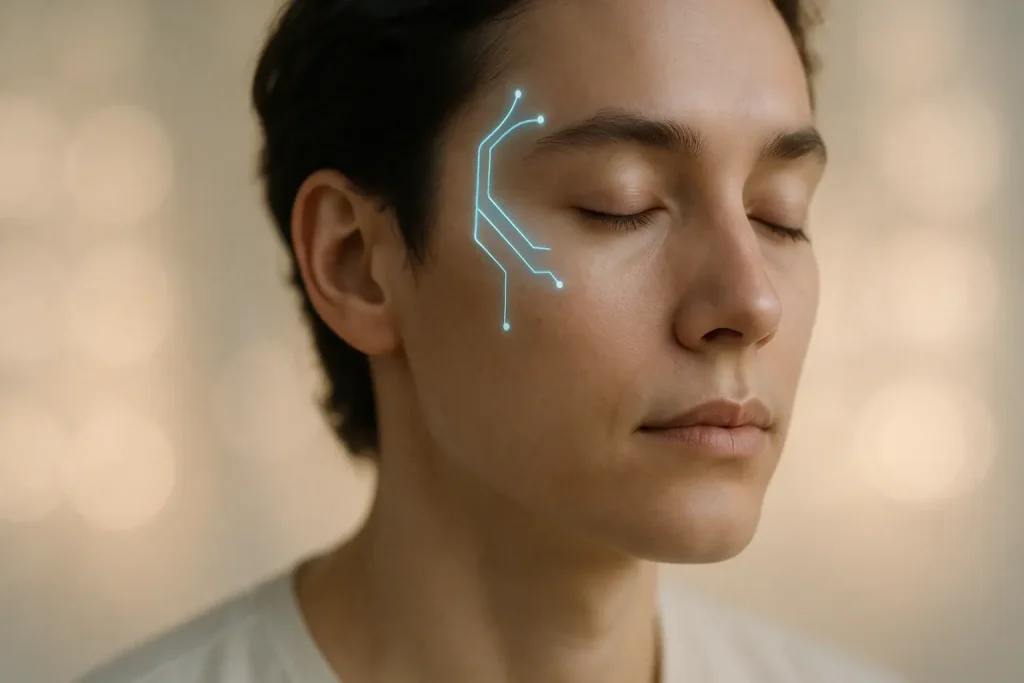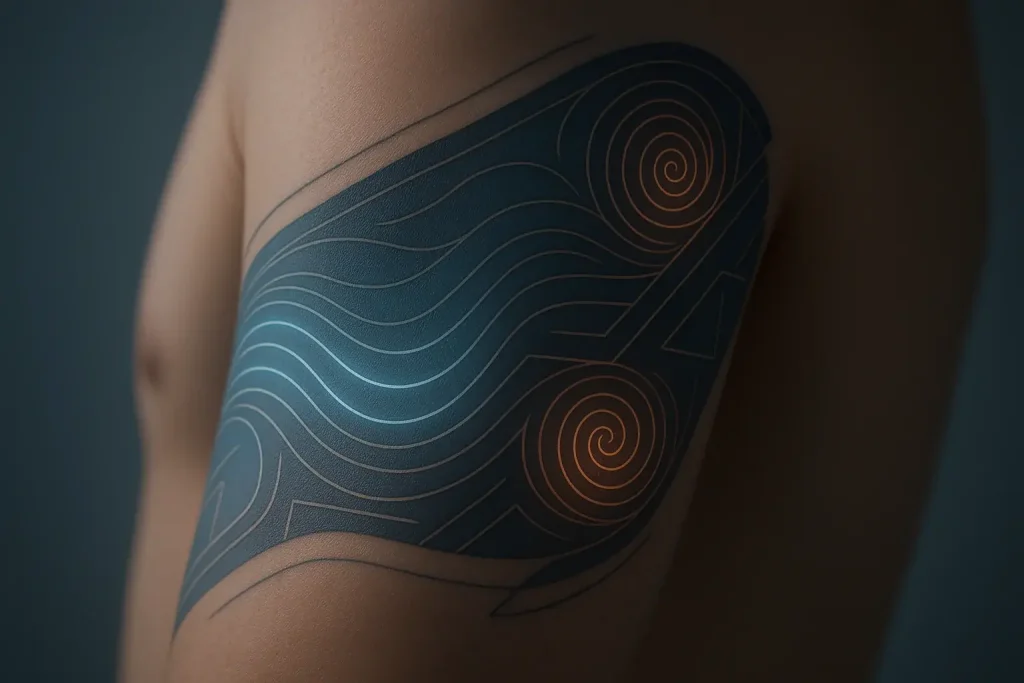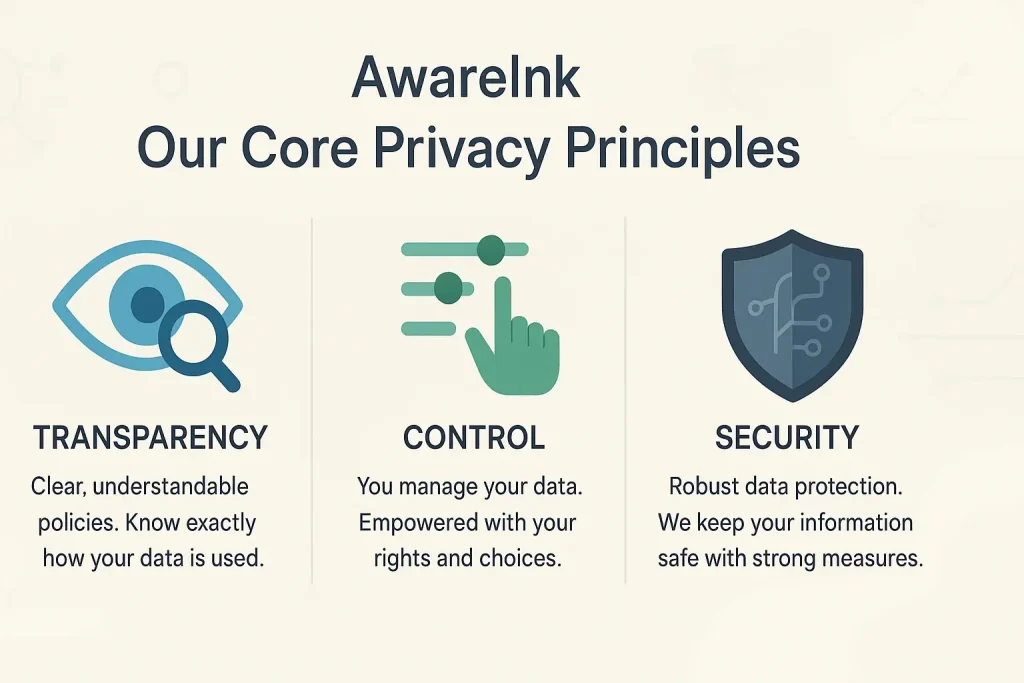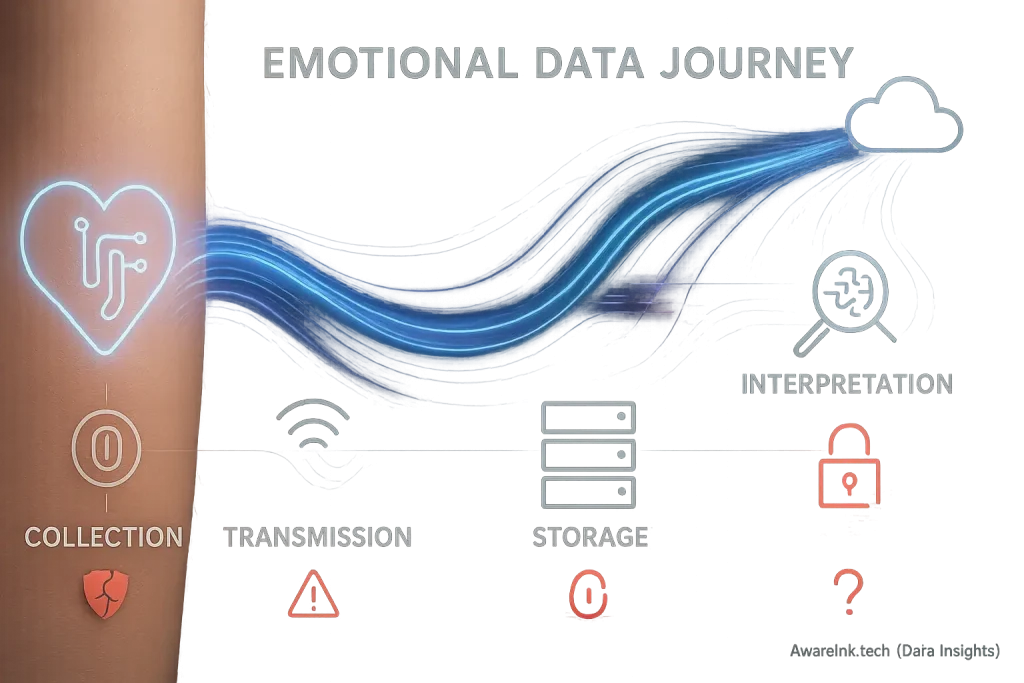Beyond Sight: How Smart Tattoos Open New Doors for Emotional Accessibility
Visual cues heavily shape emotional understanding in our world. This visual focus can create substantial barriers for some people. What if your emotional world could be felt, not just seen? Mood-adaptive smart tattoos present a fresh approach. These tattoos could improve accessibility for individuals with visual impairments or diverse sensory needs.
This technology changes how we perceive mood tech. It moves beyond solely visual feedback toward multi-sensory experiences. Smart tattoos can offer non-visual emotional information to the wearer. Picture a person with visual impairment. This individual once depended on spoken words for emotional cues. They now could feel subtle, real-time emotional data via skin sensations. That power is what AwareInk.tech investigates.
These tattoos could bridge communication gaps. They might also deepen self-awareness in novel ways. AwareInk.tech highlights this future potential. Our platform champions inclusive design within this emerging field. We explore responsible pathways for this technology's growth.
The Language of Touch: Haptic Cues for Emotional Understanding
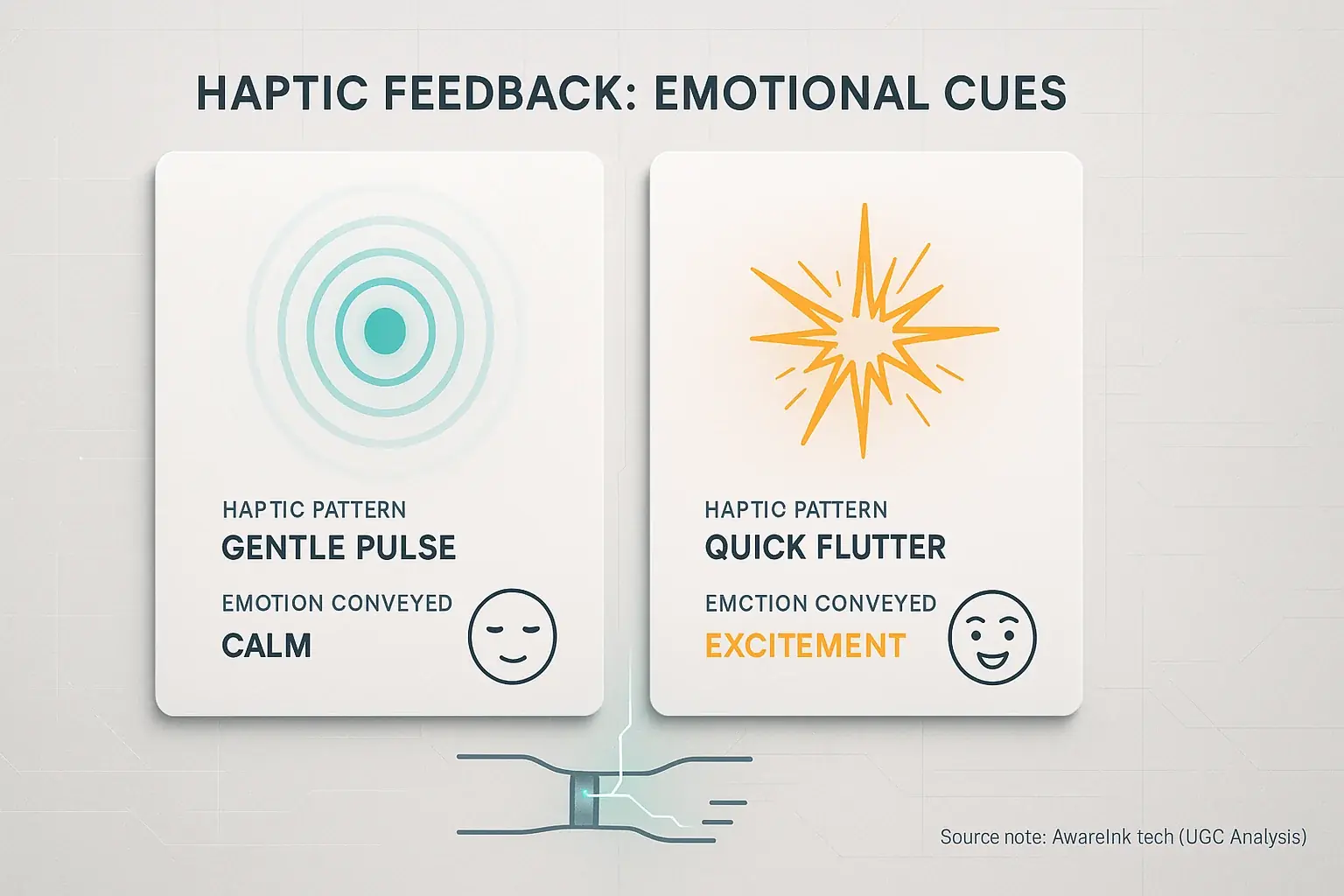
Imagine a subtle skin vibration. This feeling is new. It comes from your tattoo. Not your phone. Smart tattoos offer this haptic feedback. These systems translate emotional states into tactile sensations. Different patterns can represent specific feelings. A gentle pulse might signify calm. A quick flutter could denote excitement. Intensity variations provide more detail. Duration changes also communicate nuances. This is touch-based emotional insight.
Biosensors are key to this process. They detect physiological shifts within the body. Heart rate variability changes. Skin conductance fluctuates. The smart tattoo translates these raw biosignals. It converts them directly into haptic outputs. For someone who cannot see a visual display, this is powerful. Touch-based feedback becomes their personal emotional dashboard. It gives immediate, private insight into their inner state. They can understand their feelings instantly.
Non-visual users gain significant benefits. Privacy is a major advantage. Subtlety in receiving information is another. Directness of the sensation offers clear feedback. The real challenge? It's substantial. Designing truly intuitive haptic patterns is difficult. These patterns must convey complex emotions. They also must avoid causing sensory fatigue. AwareInk.tech's analysis reveals this critical design hurdle. How can touch alone effectively differentiate anxiety from joyful excitement? This question preoccupies designers.
Personalization could enhance this haptic language further. Users might define their own vibration cues. They could assign specific patterns to personal emotional interpretations. This creates a deeply individual experience. Your tattoo then speaks your specific emotional dialect. This fosters a more intimate connection with the technology.
Beyond the Eyes: Smart Tattoos and the Power of Sensory Substitution
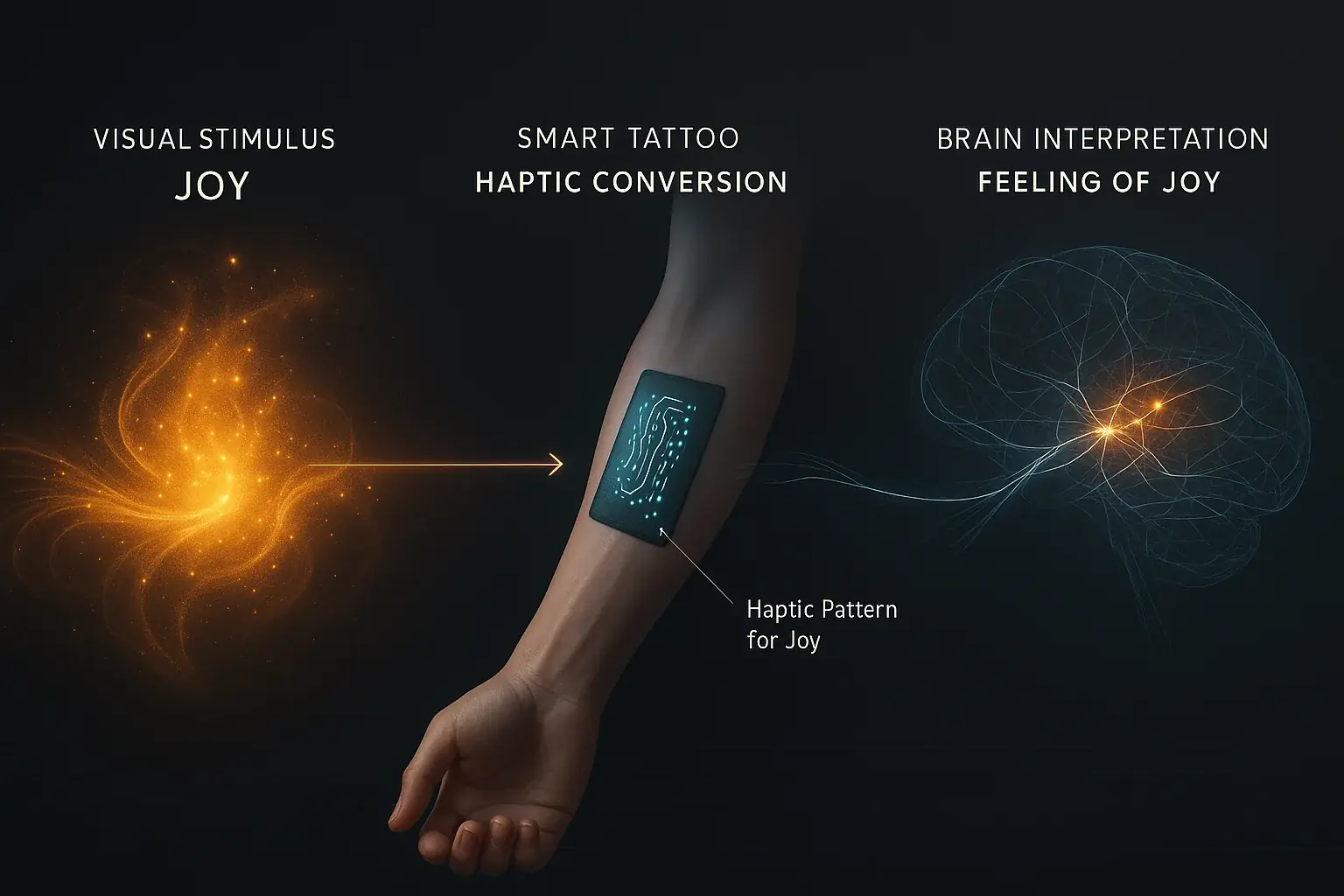
What if you could 'feel' a color? Or 'hear' light? That is the fascinating world of sensory substitution. Our brains show incredible adaptability; they interpret complex information from one sense through another. AwareInk.tech sees smart tattoos as a new interface, potentially translating unseen data like emotional states into distinct touch patterns.
Consider an individual navigating a social event. Instead of relying on fleeting visual cues, their smart tattoo might provide gentle, localized vibrations. One pattern could signify a partner's joy; another could indicate unspoken discomfort. This technology is more than data. It is a new way to 'see' social dynamics.
The potential is for rich, nuanced information transfer, like feeling subtle emotional shifts. An unspoken truth AwareInk.tech notes: the challenge is making new sensory inputs as rich and intuitive as an original sense, not just a crude translation. A simple buzz for 'happy' falls short. Significant cognitive adaptation by the user unlocks the tattoo's deeper value.
This principle extends beyond emotional data. Environmental alerts could become skin sensations; navigational cues might guide by touch. AwareInk.tech even sees users exploring tactile versions of complex abstract data. The brain's profound adaptability opens doors. We are just beginning to perceive them.
A New Voice: Smart Tattoos for Non-Verbal Emotional Communication
Imagine wanting to express joy. Or deep frustration. Words simply are not an option for some individuals. How can they bridge that communication gap effectively? Mood-adaptive smart tattoos present a novel possibility. These devices could translate internal emotional states into subtle, external cues. A new, non-verbal language for feelings might emerge from this technology.
Consider a child on the autism spectrum. Verbalizing complex emotions can prove exceptionally challenging for them. A smart tattoo could subtly shift its design. It might provide a specific haptic signal to a trusted caregiver. This signal could indicate rising anxiety. Or perhaps a moment of profound calm. This gives the child a powerful, alternative way to 'speak' their emotions. Their internal world gains an external voice.
This technology could significantly enhance understanding between individuals. An unspoken truth: these tools augment existing communication methods. They do not aim to replace them. A key challenge involves establishing a shared 'emotional vocabulary'. The tattoo user and their communication partners need consistent interpretations of the cues. What does a specific pattern truly mean? Furthermore, the user must retain absolute control over what emotional data is shared. And with whom.
Displaying such personal data demands careful thought. Ethical considerations are central to AwareInk.tech's perspective. User consent for any data sharing must be explicit. Privacy controls need to be robust and easily managed by the individual. Ultimately, these smart tattoos should empower users. They must always support autonomy and dignity. Full user agency is non-negotiable.
Designing for Everyone: The Future of Inclusive Mood Tech
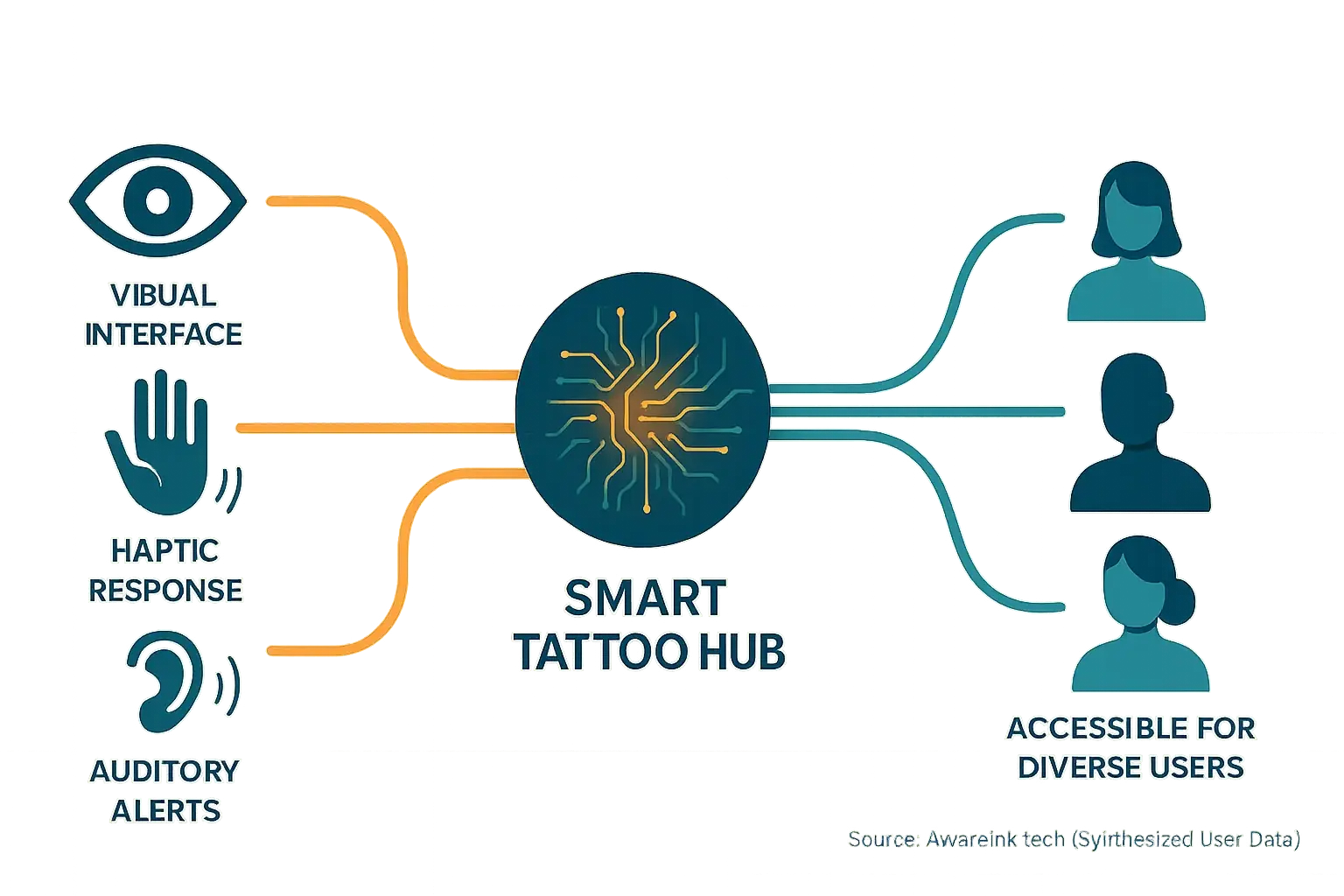
Smart tattoos demand inclusive design. Developers must weave inclusivity into the technology's core. This approach creates tech for diverse abilities and needs. It considers everyone.
Design thinking must extend beyond visual displays. This means multi-sensory feedback. Haptic responses. Subtle audio. Customizable interfaces and cognitive accessibility are also vital. A developer asks: "How does this tattoo serve someone with visual and auditory challenges?" That deep thinking is essential.
True inclusivity unlocks new possibilities. It fosters human connection and self-understanding for all people. AwareInk's analysis suggests this design philosophy benefits every user. Not just those with specific needs.
The mood tech future must prioritize universal usability. AwareInk advocates this ethical, accessible development path. Innovation thrives here.
